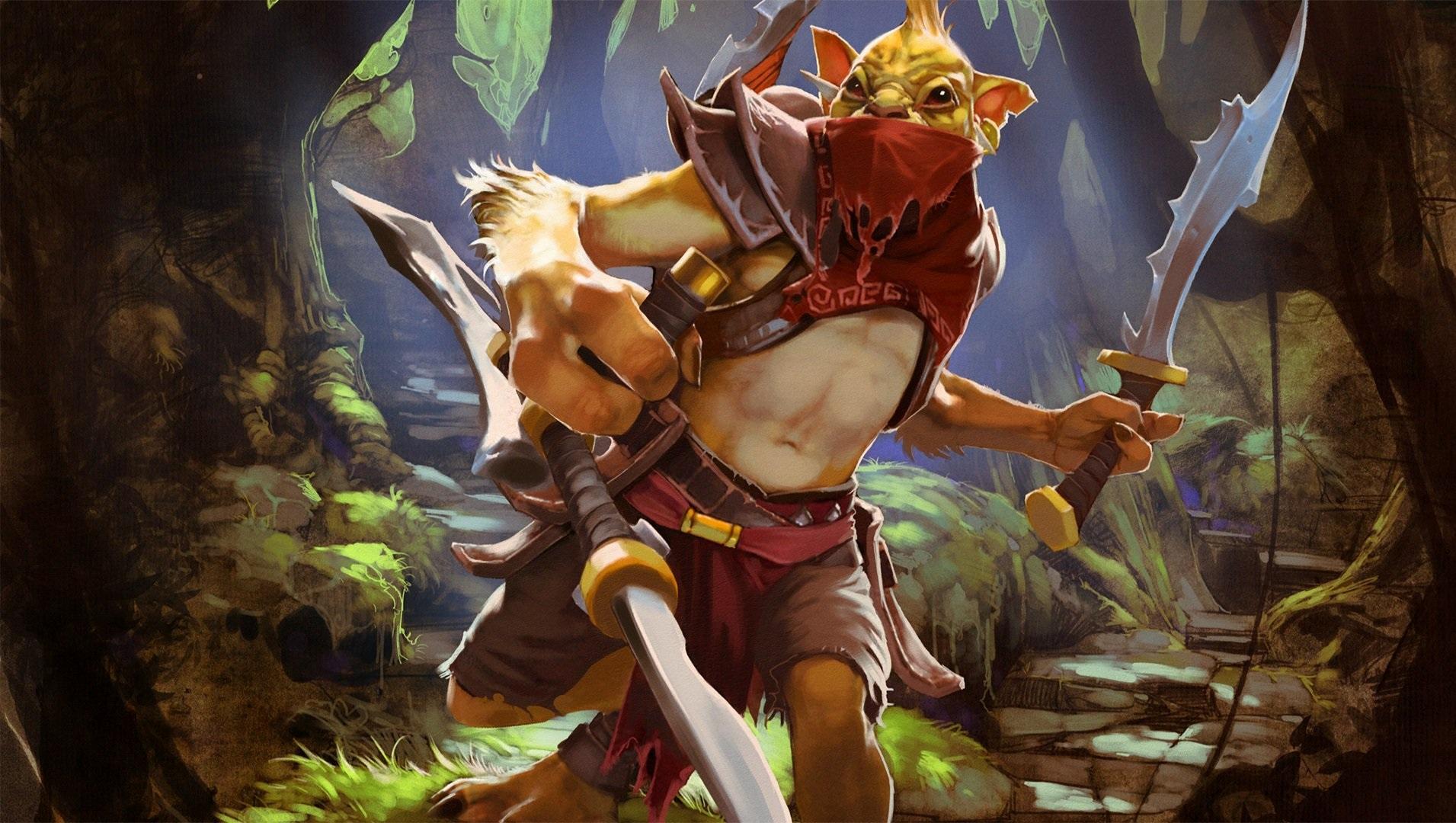
Complete guide to playing Bounty Hunter in Dota 2
Invisibility-based heroes have long struggled to maintain relevance outside of the public matchmaking setting. Unfortunately, Bounty Hunter is no different.
There’s still plenty of fun to be had with the hero being capable of fun trickshots as a support and nuking enemy heroes as a core. Here’s how to tackle Bounty Hunter in Dota 2.
Is Bounty Hunter a good hero in Dota 2?
Generally speaking, Bounty Hunter has been a solid hero in casual play while being generally bad in professional play. There have been brief windows where Bounty Hunter was useful in Dota 2 esports, with the best example being in 2016 when jungling was a big part of the meta and Bounty Hunter’s job was to stalk the enemy jungler to steal CS and snipe couriers. Outside that, the hero has been either highly situational or non-viable.
In pub games, Bounty Hunter is solid in lower MMRs and situationally useful outside of that. The relative lack of coordination and communication with casual teams allows Bounty Hunter to set up kills and feed gold to their teammates.
Is Bounty Hunter a support in Dota 2?
Bounty Hunter is at his best in a support role. This might sound strange because one of the defining features of Dota 2 carries is having a passive attack modifier spell, which Bounty Hunter has in Jinada.
Unfortunately, while Bounty Hunter was considered a core during Dota 2’s early years, the hero’s relative lack of survivability and inability to quickly farm has seen him become a non-starter at the mid or carry position. The hero can be a decent offlane option with proper itemization and against the right opponents but the situations where Bounty Hunter is better as an offlaner than a soft support are few and far between.
How does Bounty Hunter’s Track work in Dota 2?
Track has two different important effects. First, it offers Bounty Hunter a variety of perks in terms of attacking the enemy hero. Second, it gives Bounty Hunter and his allies the chance of earning bonus gold if the tracked enemy is killed.
When an enemy is tracked, Bounty Hunter’s team has true sight of the tracked hero for the duration of the debuff. Bounty Hunter also gains increased movement speed and a critical hit when attacking the enemy.
The more unique part of Bounty Hunter’s Track is its bonus gold effect when a tracked enemy is killed. Bounty Hunter receives a gold bonus for the kill at global range. Enemies within a certain radius of the dead enemy hero also receive bonus gold, albeit much less.
How to play support Bounty Hunter
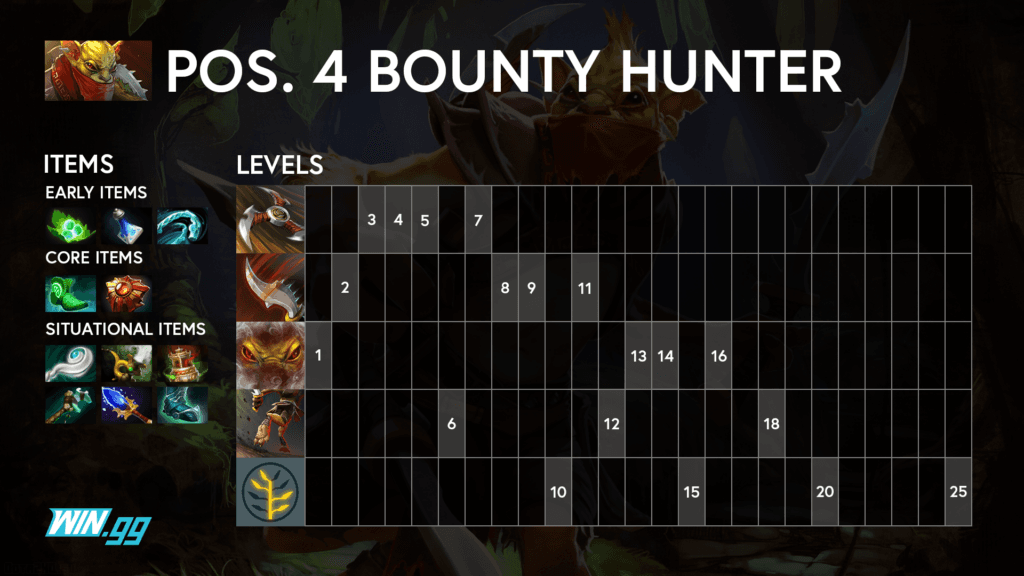
The optimal approach to Bounty Hunter is playing as a roaming support that sets up ganks with burst damage from Shuriken Toss. In the mid and late game, Bounty Hunter can itemize for utility depending on the enemy team’s lineup with various items including Pipe of Insight, Force Staff, and Guardian Greaves.
Tranquil Boots are the ideal boot upgrade, offering HP regen and bonus movement speed for roaming. Arcane Boots are also an option, particularly if the player is targeting Guardian Greaves.
Regardless of boots, Solar Crest is the item to build early. Medallion of Courage is invaluable on its own as it makes it much easier for cores to execute on gank attempts, and it’s also very affordable. Solar Crest only helps that along further and has extra utility by giving allies increased movement speed and attack speed.
Leveling is straightforward, with Shuriken Toss being maxed at seven, followed by Jinada. This gives Bounty Hunter strong burst damage potential starting at level four, allowing him to effectively gank any lane that isn’t warded up.
In team fight situations, Bounty Hunter ought to hang back and spam Track on any enemy hero that comes into range. After a few enemies are tracked, look for Shuriken Tosses and to use whatever items are available to help out teammates. Jinada can help deal damage but Bounty Hunter’s squishiness makes direct engagement with the enemy risky.
How to play offlane Bounty Hunter
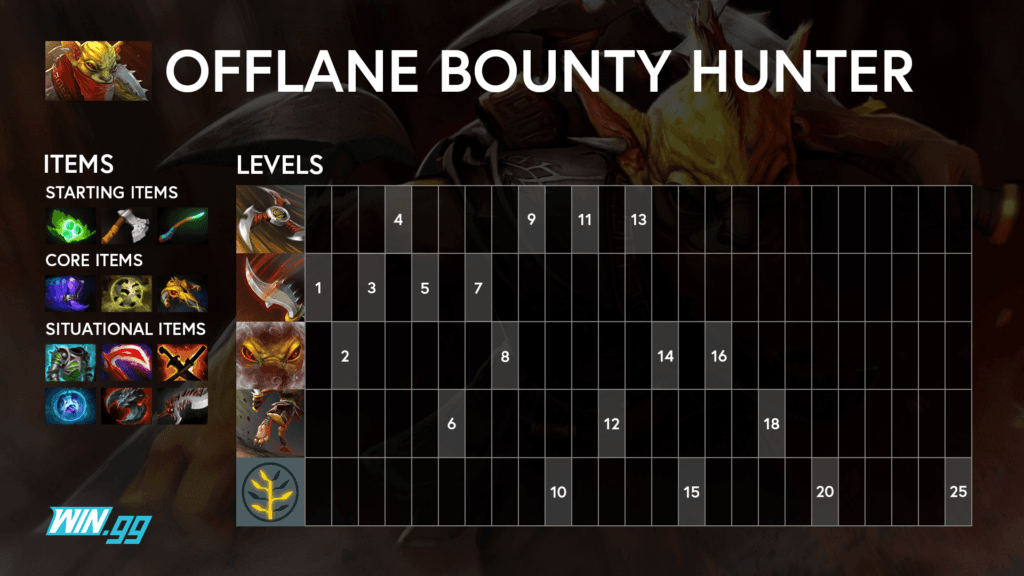
If players are looking to turn Bounty Hunter into a core, the best way to do it is through the offlane. Players can hang down there fairly comfortably without any support and can threaten opponents solo by maxing out Jinada early to deal massive early-game damage.
In terms of items, Bounty Hunter needs an early game Black King Bar. Without it, the hero is extremely vulnerable when fighting opponents and can’t deal with any degree of crowd control.
After that, Bounty Hunter’s itemization requires players to balance damage output with increasing survivability. Assault Cuirass and Sange and Yasha offer both, while items like Abyssal Blade and Desolator are all about burst damage.
While support Bounty Hunter lives in the back lines during team fights, offlane Bounty Hunter needs to be in the enemy’s backlines, tormenting enemy supports. With a Black King Bar and maxed out Jinada, Bounty Hunter can easily blow up squishy opponents and chase them stragglers with Track.
Is Dota 2’s Bounty Hunter a cat?
Bounty Hunter appears to be a part of an anthropomorphized race of cat people that look like furrier sphynx cats. Though Bounty Hunter’s face is masked by default, certain cosmetic items are capable of removing the mask, with most of them leaving the hero’s feline, goateed face intact.
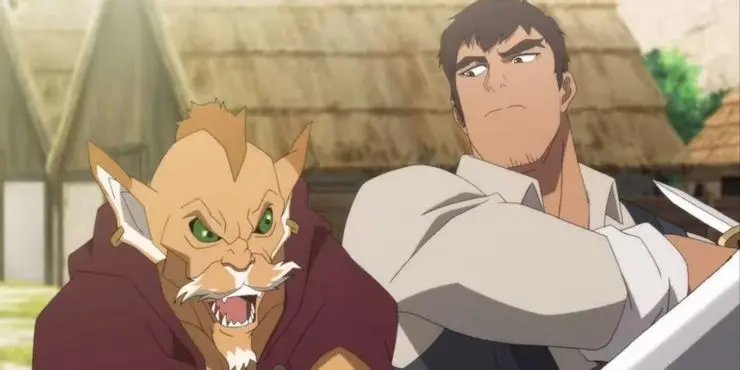
Animated series DOTA: Dragon’s Blood has shown that the anthropomorphic heroes in Dota 2 aren’t necessarily unique and are instead part of larger races of people modeled after the same animal. A character of what seems to be the same species as Bounty Hunter is shown as part of a group of bandits that attacks Davion early in the series.
The first teaser image for season two of DOTA: Dragon’s Blood showed a fat pangolin character that was similar to Pangolier but was later confirmed to be a different person of the same species.
Recommended
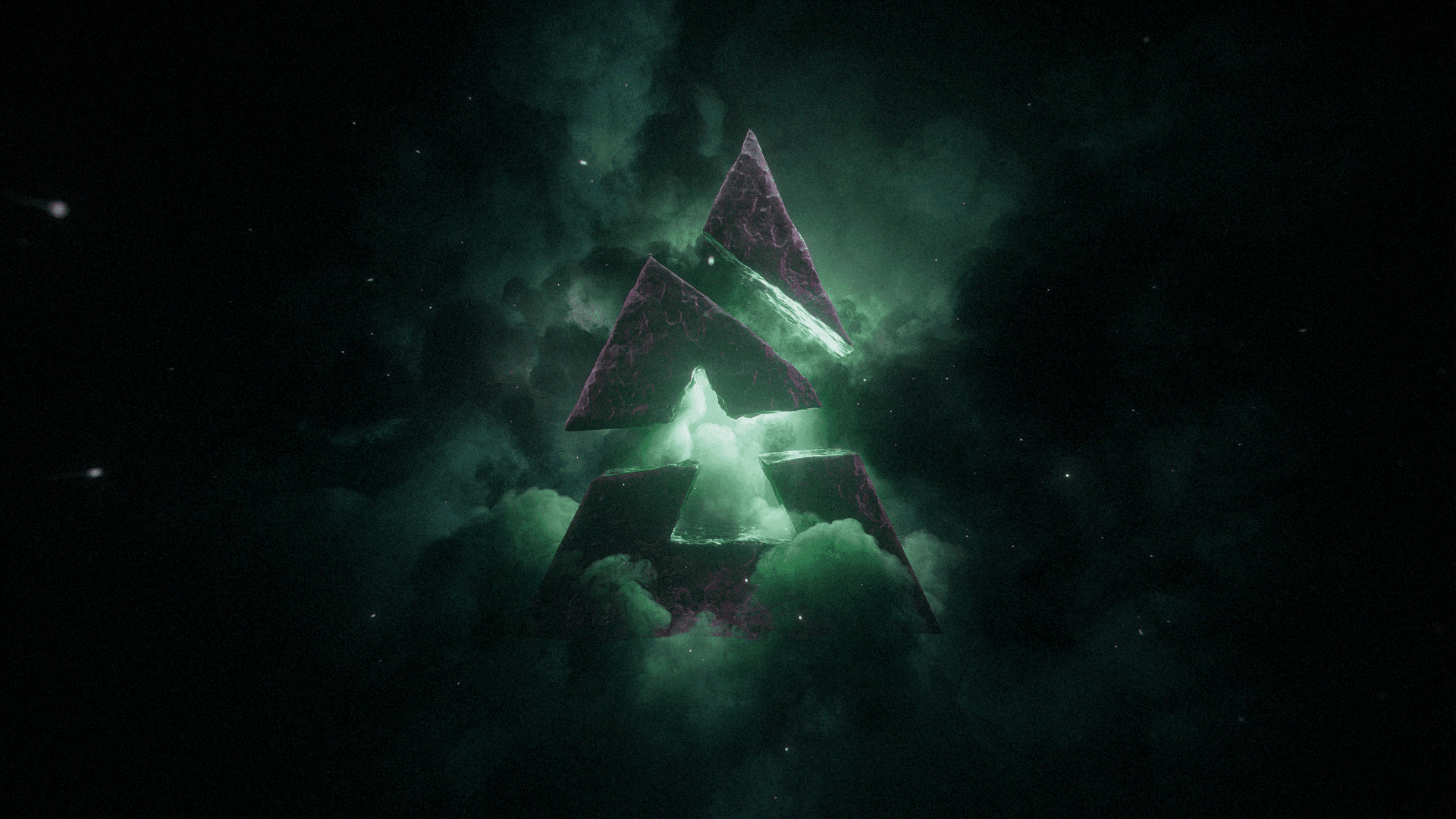
BLAST entering Dota 2 esports with five tournaments
“We have plans that Dota fans haven’t seen before.”
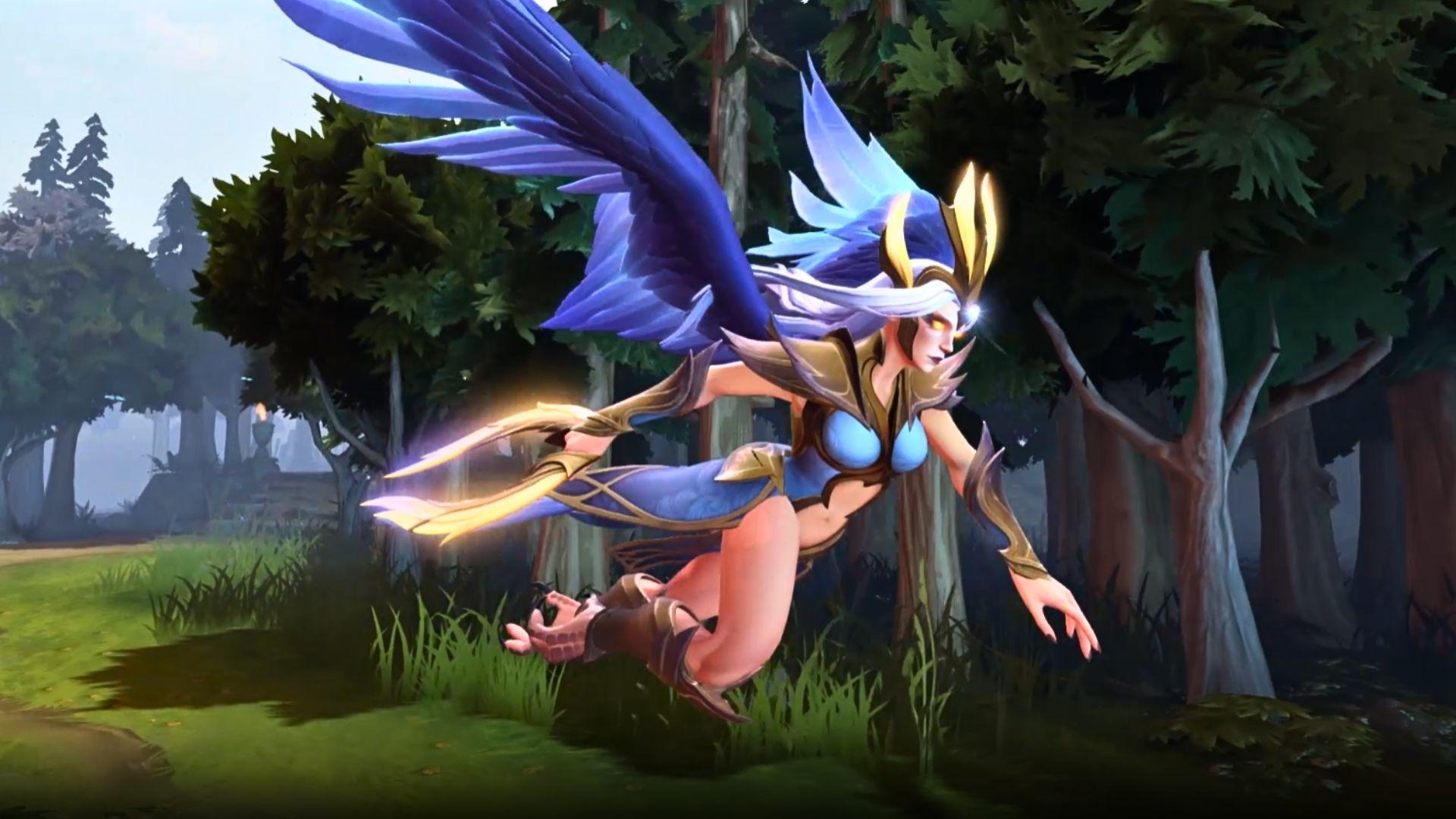
Dota 2 Crownfall update: What’s new?
Exciting, but no Ringmaster.
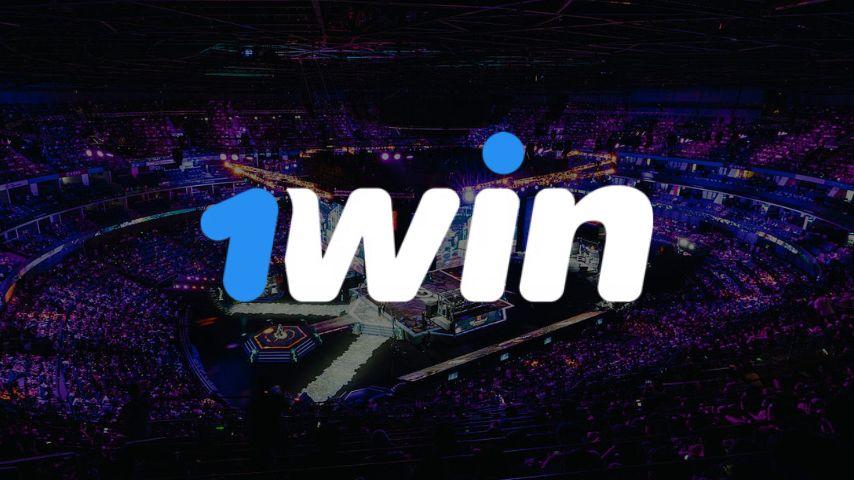
1win accuses ESL One Birmingham of favoring OG after Visa issues
“Not the Visa curse.”







